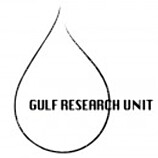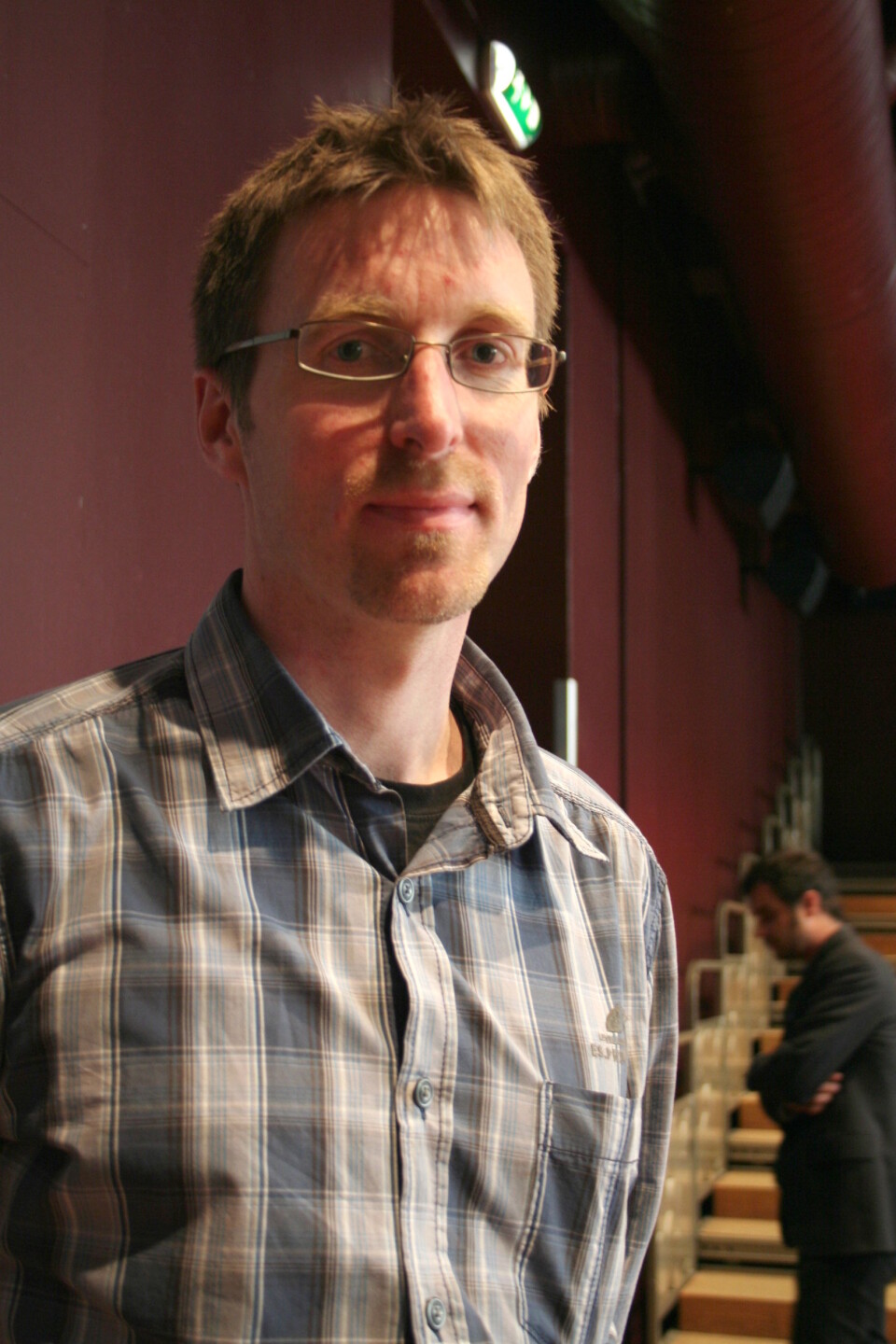
Archive: Gulf Research Blog
Blog articles from 2009 to 2012. The Gulf Research Unit is research programme based at the University of Oslo.
Rule By Law?
Denne artikkelen er over ti år gammel og kan inneholde utdatert informasjon.

By: Kjetil Selvik
In the Iranian authorities’ repression of the Green Movement the resort to law or quasi-legal measures like revolutionary court verdicts is a potentially powerful tactic.
“Show trials” like the cases brought against reformist intellectuals and activists following the mass demonstrations of June 2009 can serve a number of purposes.
For one, they are a tool for purging elites as did Stalin during the 1936-1938 Moscow trials. Secondly, they are intended to break and humiliate the opposition by forcing its leaders to “confess” and “repent”.
Thirdly, they are a venue for displaying the authorities’ power by ceremoniously demonstrating who is in control. Lastly, they can be a means of generating legitimacy for the system if people believe that the accusations and confessions are genuine.
In the early years of the Islamic Republic “revolutionary justice” played an important role in establishing the authority of the new regime. Members of political groups that rebelled against Khomeini’s clerical government were dragged before courts and accused of treason and cooperation with foreign enemies.
The road to perdition for liberals, communists and the regime’s arch-enemy, Mujahedin-e Khalq, went through the ritual of public confessions. To understand the impact of the “show trials” of the 1980s one must recall that Iran was in a state of war, having been attacked by Iraq, which again received support from Arab and Western governments.
Security was everyone’s priority and the existence of foreign enemies was not a fantasy invention of the regime. Besides, the revolutionary ethos that span across ideological divides required a political actor to sacrifice everything for his cause to build an ideal political order. It cast shame on those who betrayed their ideals and discredited them in the eyes of the population.
The stated goal of the neo-conservative supporters of President Ahmadinejad is to return to the revolutionary zeal of the early Islamic Republic. But the re-introduction of “show trials” on a massive scale has not been working according to the plan.
As the dissidents of earlier decades leading reformists like Said Hajjarian and former Vice President Muhammad Ali Abtahi bowed their heads and recanted to have ideologically “misled” their followers and made up claims that the 2009 presidential election was stolen to provoke public unrest and topple the government.
But the public’s reaction this time around was different. Protesters were not intimidated to stay off the streets and keep silent, and average Iranians found sympathy with the convicts. Shame this time was on the prosecutors whom the public suspected had fabricated the accusations and extracted confessions by force.
What accounts for the biggest difference from the early 1980s is however the nature of the opposition movement. The Green Movement has abandoned the revolutionary paradigm and calls for full implementation of the Constitution and the rule of law.
Against this legalist agenda the use of revolutionary courts without roots in the Constitution was soon turned against the prosecutors and judges themselves. Reformists asked why defendants were not given due access to lawyers and were deprived of their constitutional rights.
Mir Husayn Musavi in his 10th statement put it bluntly: “In a court that is fully fraudulent, they seek to prove that the election was not fraudulent. If you are not cheaters, then put it on display in a legal procedure!”(*). Mehdi Karubi wrote open letters to denounce conditions in Iranian prisons, accusing the authorities of torture and rape.
If an authoritarian regime can use courts to suppress its political opponents it usually prefers this “judicial repression” to non-judicial measures like “disappearances” and various (costly) ways of exercising force. But rule by law presupposes judicial-political consensus at the elite level and a population that will bow to the will of the state. In present-day Iran both factors are missing.
Political factions are engaged in a struggle over the legality of the government itself. The crux of the matter is the authority of the Constitution as opposed to the extra-constitutional prerogatives of the Leader and his associates.
And at street level, the Iranian population seems determined to continue pursuing their rights, if at the cost of civil disobedience. It is one thing to purge a dissenting group at the political level. But a social mass movement cannot be uprooted by revolutionary court.






